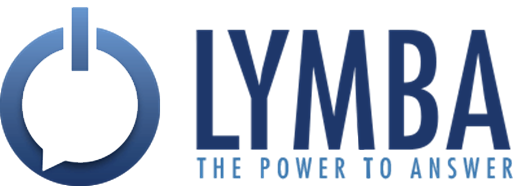Knowledge Extraction and Management
We write things down because we want to remember them, yet our computers only understand numbers and coding languages. How do we use all this valuable text data? It needs to be processed and organized by a computer and given to us when we need it or ask for it.
Harness the value of text with Lymba Natural Language Processing knowledge extraction and management.
The Lymba Way
If you can imagine a repeatable way to read, understand and disseminate knowledge from a text source to others, but are limited by how long or expensive it would be to pour through the documents manually, then you need Lymba technologies.
Lymba uses a natural language processing (NLP) pipeline trained to understand your domain. The data is pushed through a series of increasingly complex analyses and the end result is digitized knowledge. We train the system by building or leveraging on ontology, annotating documents, or configuring system rules using an open architecture.
Can Lymba support my use case?
We have broad industry experience and have extracted knowledge from all kinds of different data sources. The out-of-the-box technology includes a robust set of lexical and semantic rules, which when coupled with a training set, can accommodate any use case.
What tools does LYMBA have to make use of my unstructured data?
Conceptual search in your domain
Ask a question like, “What is driving our view on ABC Co.?” This is complicated - look at words like driving and view - these are clearly not the commonplace uses.
Comparative search
Find the sentence/paragraph/section that best corresponds to a given concept. This is great for cases regarding regulatory comparisons, actual vs. expected comparisons, before vs after, domestic vs international, et al.
Table extraction and storage
Allow users to search for data that is organized within a table. Identify and store the structures of tables for quick and reliable searches.
Identify concepts of interest
Alert your users to abnormal or configured occurrences
Query your graph database using natural language
Create a knowledge database
A connected way to store your data.
Build ontologies
Leveraged for extraction, but also useful for understanding your data model.
It is possible to do what you imagine.


